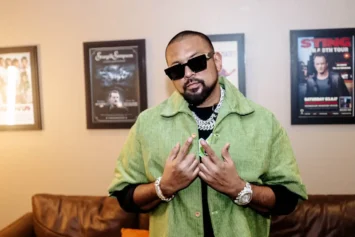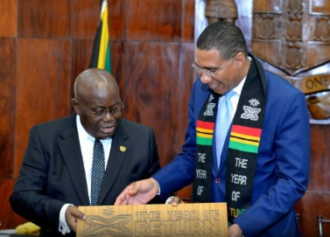Gunshots every night, burned-down businesses and corpses — up to a half-dozen a day — used to define the neighborhood of Mountain View on the eastern hillsides of Kingston, Jamaica’s capital. But not anymore.
Now, the nights are filled with barefoot soccer matches under streetlights or block parties that bring together former rivals from local gangs. No one has been murdered in Mountain View for three years.
“The dark cloud is moving away,” said Keith Nugent, 76, a tailor in the neighborhood who counsels former criminals. “Young people here are beginning to gravitate to a sense of life, and function.”
Jamaica is emerging as a rare bright spot in the hub of the fight against drugs and organized crime that extends across South America and the Caribbean. After more than a decade fighting lawlessness, with limited success, this small island with a reputation for both carefree living and bloodshed has begun to see results. Jamaica’s murder rate, while still high, has fallen by 40 percent since 2009, and a respected study recently reported that “Jamaica has fallen from one of the more corrupt countries in the Americas to one of the least.”
The situation here differs markedly from elsewhere in the region, in Central America and Mexico, where militarized, transnational drug cartels battle among themselves over the main smuggling routes into the United States. But experts and American officials say that as drug traffic shifts back to the Caribbean — because of intensifying enforcement elsewhere — Jamaica has done far more than many other countries to protect itself, by working transparently to strengthen weak institutions while welcoming assistance from outsiders.
“There’s an awful lot of introspection that’s been going on in Jamaica,” said Pamela E. Bridgewater, the American ambassador. As a result, she added, cooperation with the United States and other countries has “risen to a different level.”
Since 2009, no other country has received more American aid from the $203 million Caribbean Basin Security Initiative, yet relatively little of it has been directed toward the muscular, militarized efforts financed elsewhere as part of the war on drugs.
Read the rest of this article on the New York Times.


